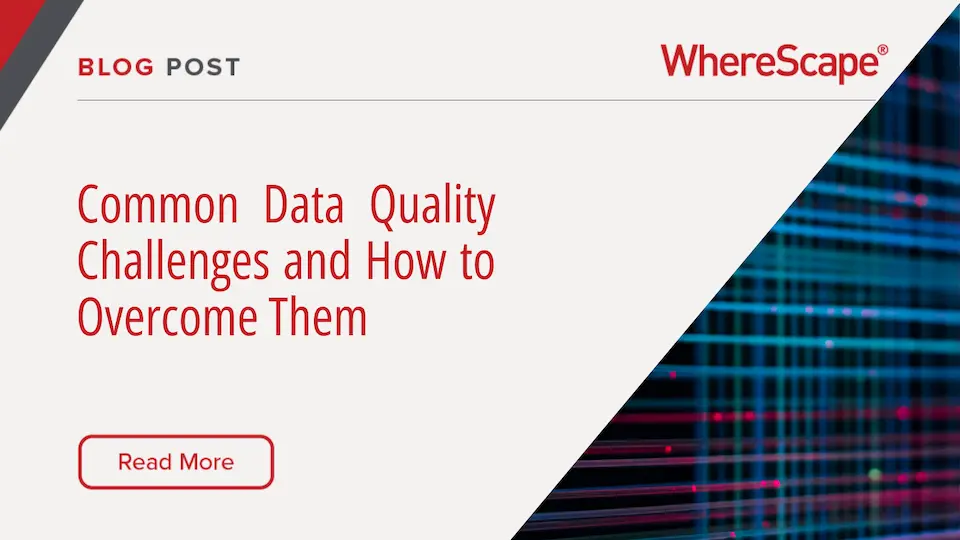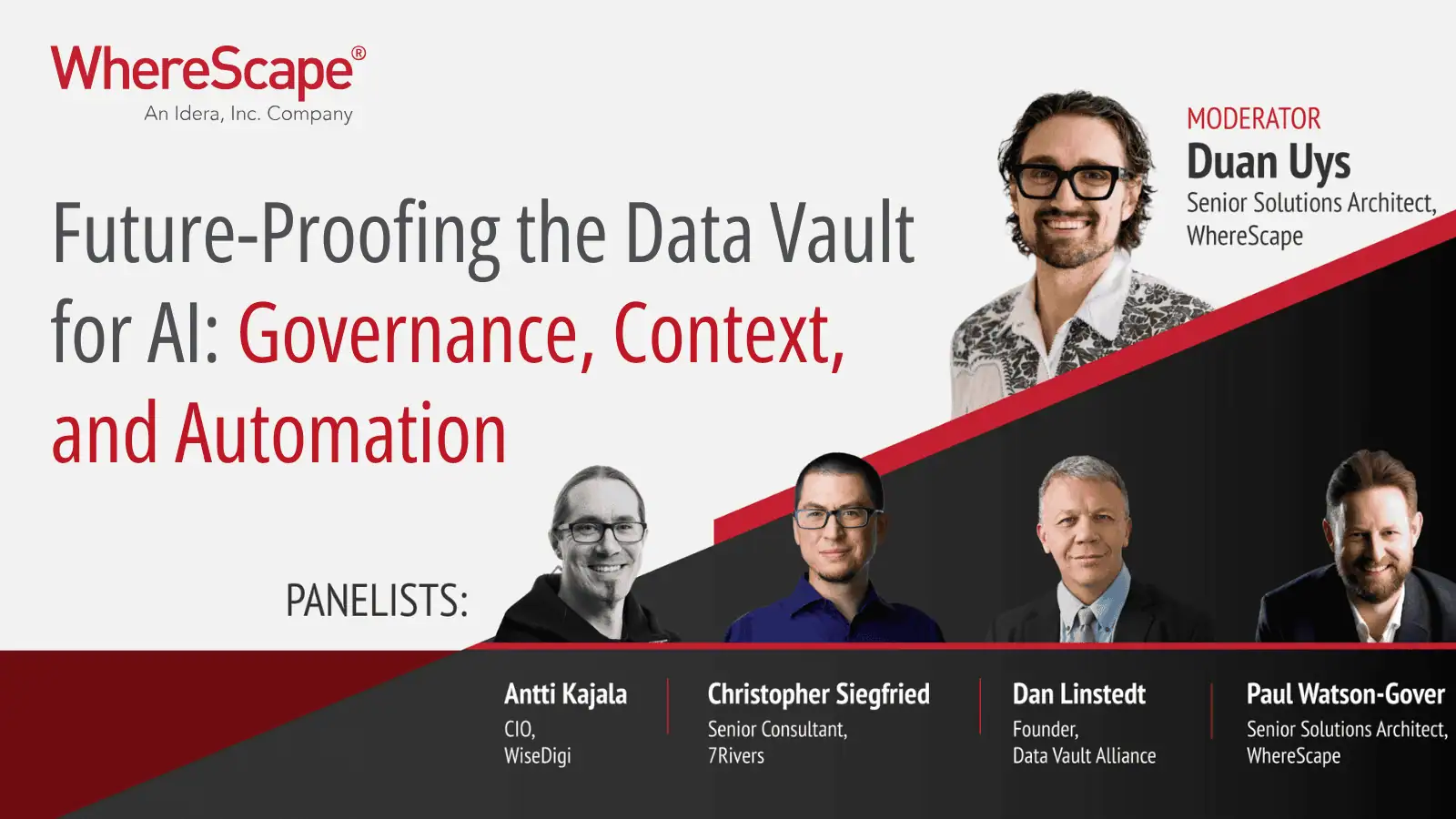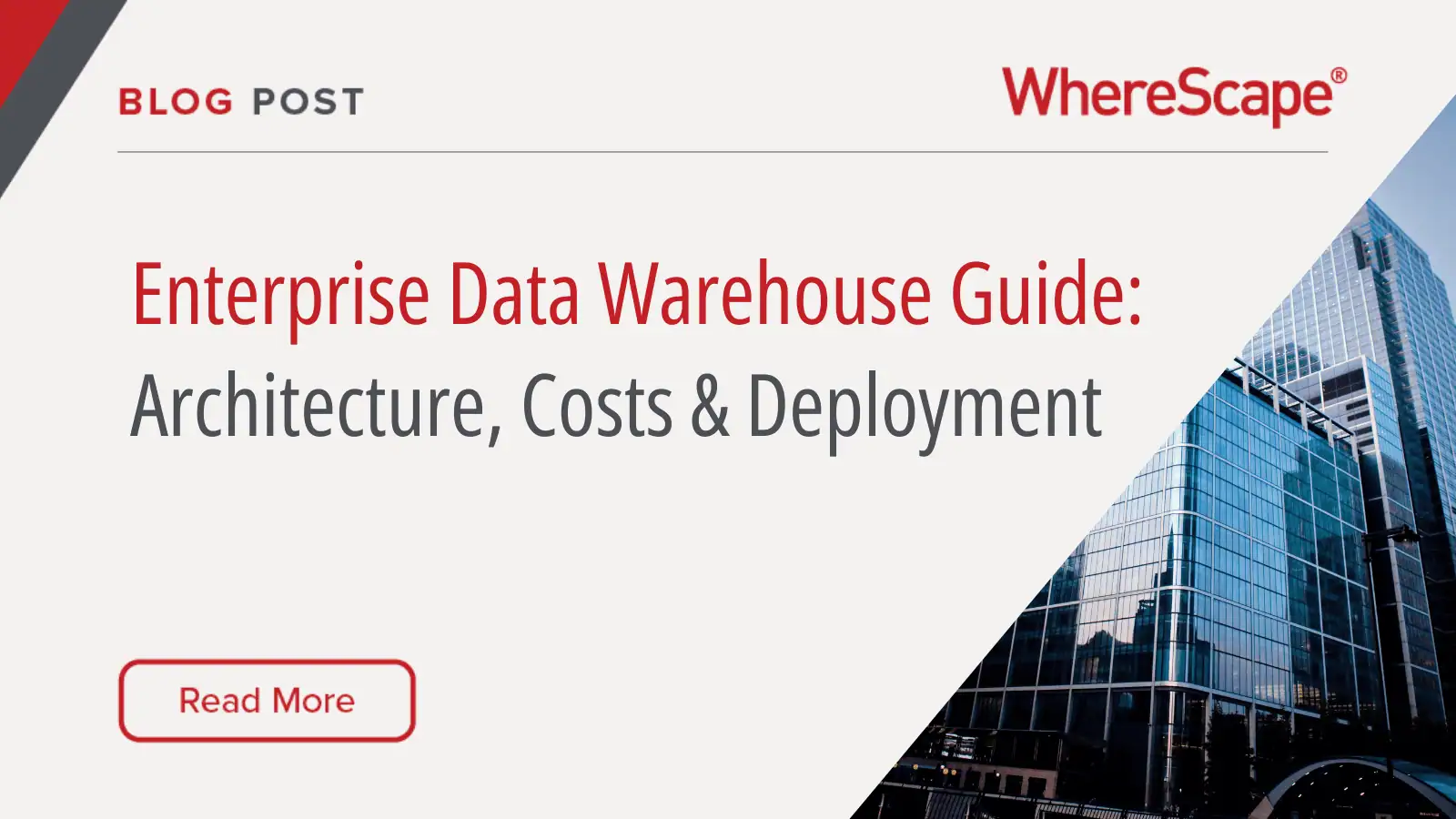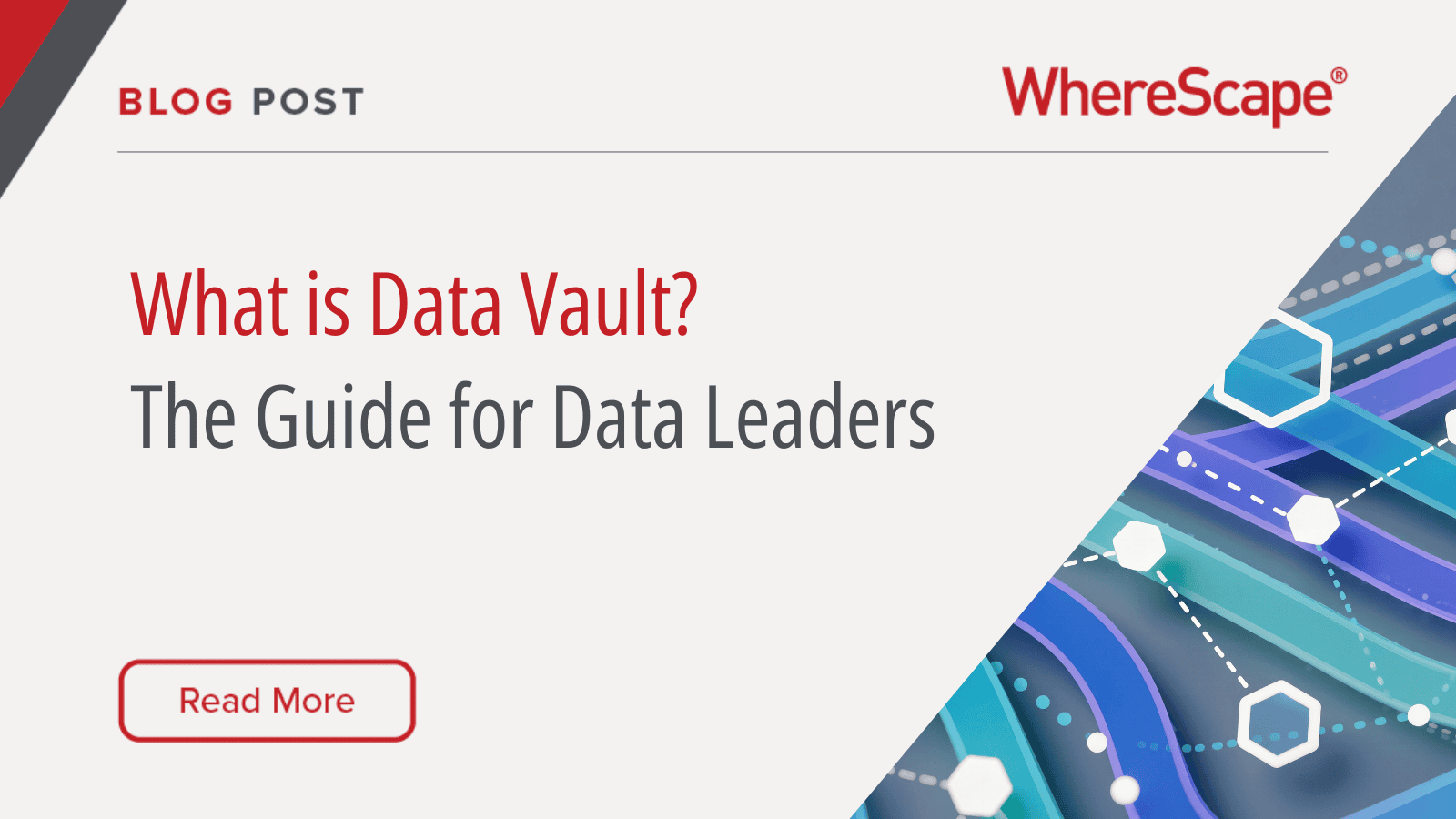The Importance of Maintaining Data Quality
Improving data quality is a top priority for many forward-thinking organizations, and for good reason. Any company making decisions based on data should also invest time and resources into ensuring high data quality. Data quality refers to how accurate, consistent, and relevant a dataset is. Ensuring data integrity over time poses various data quality challenges, but there are tried and tested methods for overcoming them.
Data Quality Challenges in Modern Businesses
The countless facets of data quality and data management lead to intricate challenges that can be difficult to overcome. With a clear understanding of exactly what types of challenges impede your path to improving data quality and how to identify and overcome them, you can foster a healthier data environment for your company’s future. Most common data quality challenges stem from these issues:
- Inconsistent formatting
- Duplicate data
- Outdated data
- Data silos
- Poor data entry practices
- Unclear data standards
- Lack of data training
- Data security, access, and privacy problems
- Rapid growth
- Integration snags
- Lack of sufficient data governance and automation tools
Strategies for Improving Data Quality
In learning how to improve data quality, every organization must begin with their goals and key data uses in mind. Your unique data quality standards depend on the types of data you use to drive key decisions. With those priorities in mind, organizations can focus on key frameworks for maintaining and improving data quality.
Improving data quality involves setting clear data standards, implementing robust data validation processes, and regularly auditing data for errors. Training employees on data management best practices also ensures consistency and accuracy across the organization. Leveraging data governance frameworks helps maintain oversight and accountability for data quality initiatives.
How to Maintain Data Quality in Your Organization
The first step in how to maintain data quality is setting clear, measurable standards for all sources of data. Once rigorous standards are in place, implement validation processes and schedule frequent audits to catch errors early on. Tools like WhereScape Data Vault Express can help streamline these efforts
In order to keep up with the ongoing cleaning and validation required for high data quality, prioritize creating a culture of data ownership and accountability. When everyone who interacts with data in any capacity can recognize and understand their role in protecting data quality, your ability to maintain high data quality will benefit.
How to Improve Data Quality with Technology
Once you’ve built a foundation of ownership and routine cleaning to address data quality challenges, it’s time to determine which tools and technology can help you make further improvements. Even with a strong culture of data accountability, human error happens. Constant validation and cleaning can also eat away at skilled team member hours without the right tools.
In discovering how to improve data quality, Explore solutions like WhereScape’s automation software for automated data warehouses. With the help of advanced technology, such as WhereScape RED, you can drastically reduce the amount of time it takes to turn your raw data into actionable, reliable insights to drive decisions
Ensuring Data Integrity Across Your Organization
Ensuring data integrity involves protecting data throughout its lifecycle. Data security and automated tools are key to ensuring data integrity since some of the most common data quality challenges and risks to data integrity involve human error, data breaches, and system failures.
Implementing strong access controls, encryption, and documentation helps safeguard data integrity. Regularly updating security protocols and conducting integrity checks are essential to maintaining reliable data.
Best Practices for Ensuring Data Integrity
Ensuring data integrity requires strategic use of automation technology and strict protocols for data entry and security. Data automation tools help ensure data integrity by providing automated documentation and reducing human error from manual entry. They also provide scalable solutions for growing businesses instead of allowing silos to form or data loss to occur.
Additional steps for ensuring data integrity include conducting regular data security training, using reliable backup systems, and enforcing strict validation rules. Over time, especially during periods of growth, conduct audits to ensure your processes are still serving their intended purpose.
Continuous Improvement in Data Quality
Learning how to improve data quality is a journey, not a destination. While organizations can strive to meet data quality standards, perfection is always just out of reach and there is always more you can do to work toward a goal of improving data quality.
Continuous improvement is a guiding principle in this space, reminding data teams that growth over time is a worthy goal. Working toward that goal requires constantly reviewing and refining data processes and using feedback loops to determine areas for improvement. With a growth mindset, a culture of innovation, and an ever-advancing suite of data management tools, organizations can benefit from continuous improvement in data quality.
Overcoming Data Quality Challenges for Long-Term Success
The long-term success of your organization relies on gradual improvements to data processes. As you overcome data quality challenges, you open the door to data-driven decisions that can change the trajectory of your business.
Overcoming data quality challenges involves addressing root causes like outdated processes and implementing lasting solutions like automated data warehouses. With WhereScape, organizations make faster, more confident decisions based on reliable and accurate data. Book a demo to see how WhereScape can help you overcome data quality challenges.




